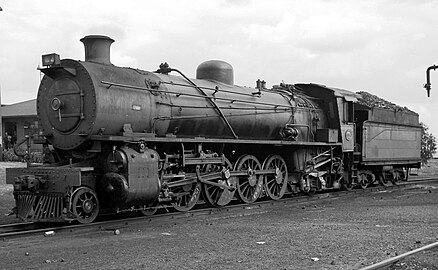The South African type ZB tender was a steam locomotive tender from the pre-Union era in the Cape of Good Hope.

The South African type ZA tender was a steam locomotive tender from the pre-Union era in the Cape of Good Hope.
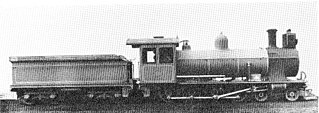
The South African type ZC tender was a steam locomotive tender from the pre-Union era in the Cape of Good Hope.

The South African type ZE tender was a steam locomotive tender.

The South African type YB tender was a steam locomotive tender from the pre-Union era in the Cape of Good Hope.

The South African type YE tender was a steam locomotive tender from the pre-Union era in the Cape of Good Hope.

The South African type YE1 tender was a steam locomotive tender from the pre-Union era in the Cape of Good Hope.
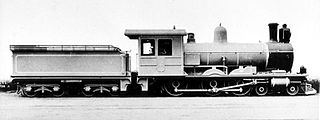
The South African type XD tender was a steam locomotive tender from the pre-Union era in the Cape of Good Hope.
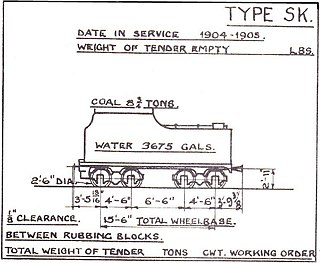
The South African type SK tender was a steam locomotive tender.

The South African type XF2 tender was a steam locomotive tender from the pre-Union era in the Cape of Good Hope.

The South African type XM1 tender was a steam locomotive tender.

The South African type XC1 tender was a steam locomotive tender from the pre-Union era in the Cape of Good Hope.
The South African type XJ tender was a steam locomotive tender.
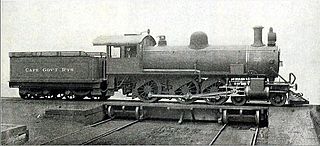
The South African type WE tender was a steam locomotive tender from the pre-Union era in the Cape of Good Hope.

The South African type WG tender was a steam locomotive tender from the pre-Union era in the Cape of Good Hope.
The South African type LP tender was a steam locomotive tender.

The South African type HT tender was a steam locomotive tender.
The South African type MS tender was a steam locomotive tender.
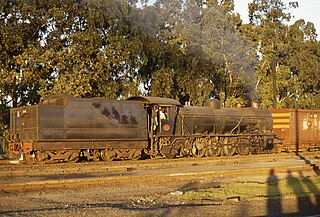
The South African type MT1 tender was a steam locomotive tender.
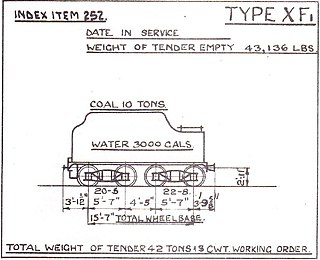
The South African type XF1 tender was a steam locomotive tender.





